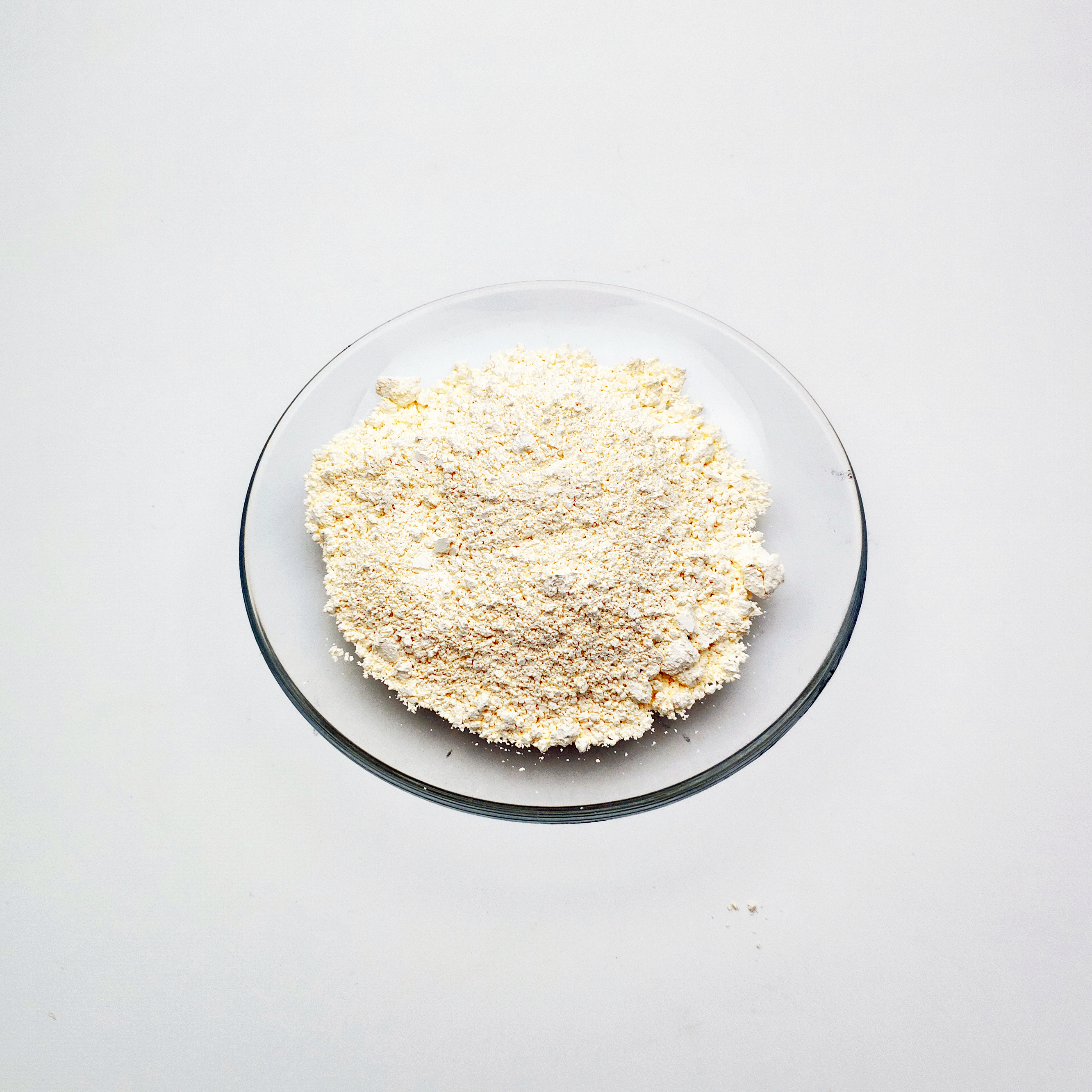Preparation of ultrafine rare earth oxides

Ultrafine rare earth compounds have a wider range of uses compared to rare earth compounds with general particle sizes, and there is currently more research on them. The preparation methods are divided into solid phase method, liquid phase method, and gas phase method according to the aggregation state of the substance. At present, the liquid phase method is widely used in laboratories and industry to prepare ultrafine powders of rare earth compounds. It mainly includes precipitation method, sol gel method, hydrothermal method, template method, microemulsion method and alkyd hydrolysis method, among which precipitation method is the most suitable for industrial production.
The precipitation method is to add the precipitant to the metal salt solution for precipitation, and then filter, wash, dry and heat decompose to obtain powder products. It includes direct precipitation method, uniform precipitation method and coprecipitation method. In the ordinary precipitation method, rare earth oxides and rare earth salts containing volatile acid radicals can be obtained by burning the precipitate, with a particle size of 3-5 μ m. The specific surface area is less than 10 ㎡/g and does not possess special physical and chemical properties. The ammonium carbonate precipitation method and oxalic acid precipitation method are currently the most commonly used methods for producing ordinary oxide powders, and as long as the process conditions of the precipitation method are changed, they can be used to prepare ultrafine rare earth oxide powders.
Research has shown that the main factors affecting the particle size and morphology of rare earth ultrafine powders in the ammonium bicarbonate precipitation method include the concentration of rare earth in the solution, precipitation temperature, precipitation agent concentration, etc. The concentration of rare earth in the solution is the key to forming uniformly dispersed ultrafine powders. For example, in the experiment of Y3+precipitation to prepare Y2O3, when the mass concentration of rare earth is 20~30g/L (calculated by Y2O3), the precipitation process is smooth, and the yttrium oxide ultrafine powder obtained from carbonate precipitation by drying and burning is small, uniform, and Dispersity is good.
In chemical reactions, temperature is a decisive factor. In the above experiments, when the temperature is 60-70 ℃, the precipitation is slow, the filtration is fast, the particles are loose and uniform, and they are basically spherical; When the reaction temperature is below 50 ℃, the precipitation forms faster, with more grains and smaller particle sizes. During the reaction, the amount of CO2 and NH3 overflows is less, and the precipitation is in a sticky form, which is not suitable for filtration and washing. After being burned into yttrium oxide, there are still blocky substances that agglomerate seriously and have larger particle sizes. The concentration of ammonium bicarbonate also affects the particle size of yttrium oxide. When the concentration of ammonium bicarbonate is less than 1mol/L, the obtained yttrium oxide particle size is small and uniform; When the concentration of ammonium bicarbonate exceeds 1mol/L, local precipitation will occur, causing agglomeration and larger particles. Under suitable conditions, a particle size of 0.01-0.5 can be obtained μ M ultrafine yttrium oxide powder.
In the oxalate precipitation method, the oxalic acid solution is added dropwise while ammonia is added to ensure a constant pH value during the reaction process, resulting in a particle size less than 1 μ M of yttrium oxide powder. First, precipitate yttrium nitrate solution with ammonia water to obtain yttrium hydroxide colloid, and then convert it with oxalic acid solution to obtain a particle size less than 1 μ Y2O3 powder of m. Add EDTA to a Y3+solution of yttrium nitrate with a concentration of 0.25-0.5mol/L, adjust the pH to 9 with ammonia water, add ammonium oxalate, and drip a 3mol/L HNO3 solution at a rate of 1-8mL/min at 50 ℃ until the precipitation is complete at pH=2. Yttrium oxide powder with a particle size of 40-100nm can be obtained.
During the process of preparing ultrafine rare earth oxides by precipitation method, different degrees of agglomeration are prone to occur. Therefore, during the preparation process, it is necessary to strictly control the synthesis conditions, by adjusting the pH value, using different precipitants, adding dispersants, and other methods to fully disperse the intermediate products. Then, appropriate drying methods are selected, and finally, well dispersed rare earth compound ultrafine powders are obtained through calcination.
Post time: Apr-21-2023